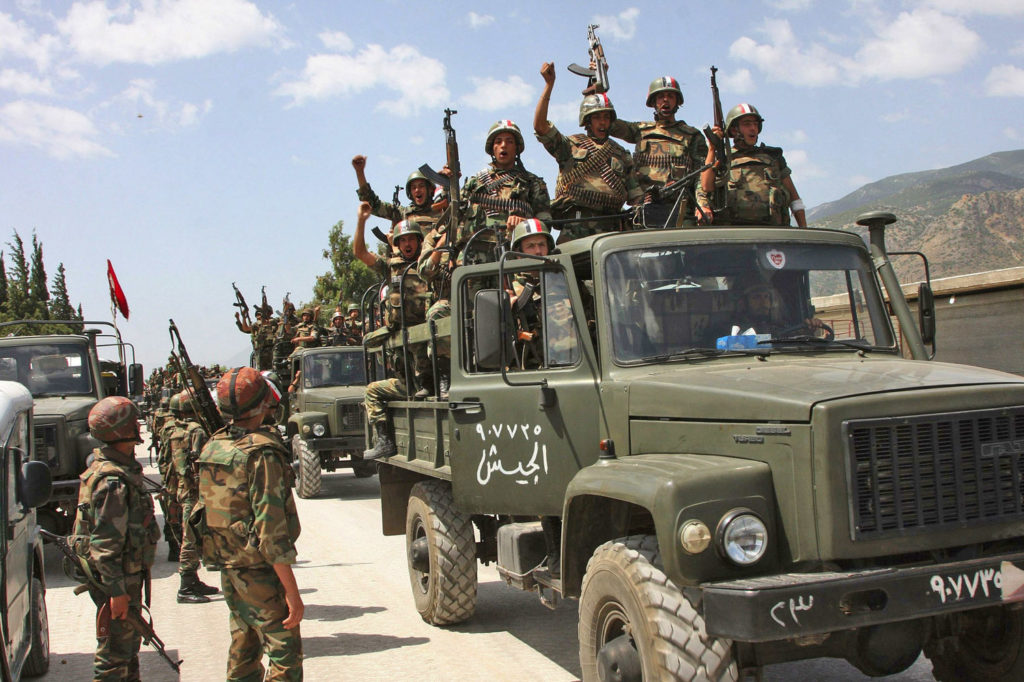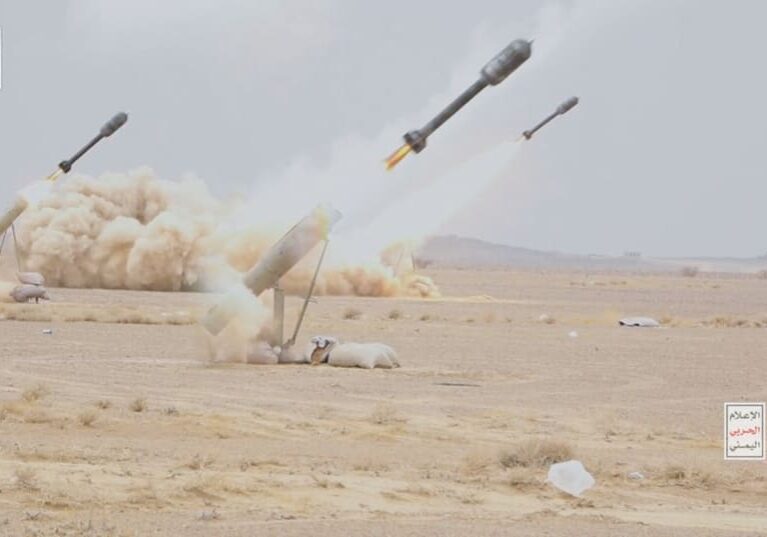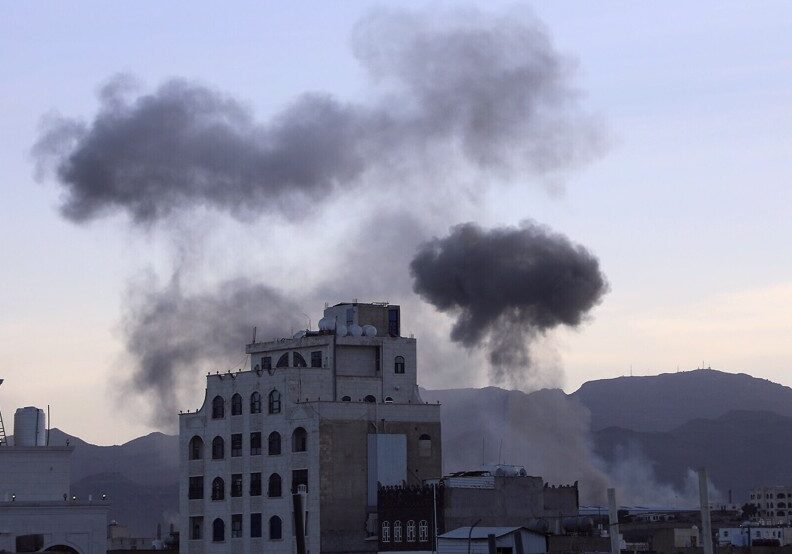Australia/Israel Review
The Syrian Civil War
Feb 28, 2012 | Jeffrey White

Jeffrey White
What began in March 2011 as an attempt to suppress peaceful anti-government demonstrations has evolved into a war – one that Syrian President Bashar al-Assad is now waging against armed groups and the Syrian people with utter determination and extreme violence. Viewing the conflict as a life-or-death struggle, the regime is escalating its use of military force with near-total disregard for the opinions of the outside world. Since late January, it has used a combination of strategic, operational, and tactical measures to conduct a major offensive against the Free Syrian Army (FSA), the popular opposition, and the areas they control. In doing so, it has revealed its strengths and weaknesses, suggesting areas of focus for any potential international military intervention. Ultimately, without armed intervention, substantial military assistance to the FSA, or both, the best that can be hoped for is a bloody and protracted war of attrition with an uncertain outcome.
Context and Goals of the Offensive
Several factors sparked the regime offensive in late January. Popular opposition, as manifested by ongoing demonstrations, continued throughout the country, with growing unrest in Aleppo and the outskirts of Damascus. Armed resistance was also expanding. The numbers and capabilities of FSA personnel, combat elements, and associated armed groups had increased, as had the frequency and intensity of armed clashes in the Damascus area, Idlib governorate, and Deraa governorate. These factors, along with loss of territory to the opposition, gave the impression of declining regime control of the situation. Assad’s forces also faced mounting internal problems:
- Increasing reports of defections, including soldiers with armoured vehicles.
- Defections from key regime security units, including the 4th Division.
- Reported loss of fighting spirit among some forces.
- A decline in operational readiness among both men and equipment, stemming from the high operational tempo the regime had been forced to maintain in response to expanding opposition.
At the same time, some elements of the situation worked to the regime’s advantage. Arab League monitors had departed the country, clearing the way for even more aggressive operations. And the international response to the situation remained largely ineffectual, limited to diplomatic and economic measures and excluding the use of force. Assad still had the full backing of Russia and Iran, which provided political and military support, while blocking any effective international action.
The resultant offensive seems to have multiple goals. First, the regime likely hopes to reverse the momentum that the opposition gained in December and January. Second, it aims to reduce the threat from the FSA by killing its leaders in Syria, attriting its personnel, and breaking its hold on urban areas. Third, it likely hopes to sever the growing bond between the people and the FSA. Fourth, it seeks to retake territory it has lost to the FSA and the popular opposition. And fifth, it likely feels compelled to reassure Moscow and Teheran that it remains in control of the situation.
Strategy and Operations
Although the regime has a large number of forces – up to several hundred thousand military and security personnel, depending on how they are counted – it cannot conduct large-scale multi-brigade/divisional offensives in all areas of unrest simultaneously. In areas where the FSA is embedded, Assad must use significant forces combining armour, infantry, and artillery.
The current offensive has unfolded in phases. The first phase, which began around January 25, involved retaking the Damascus suburbs (Douma, Saqba, Ghouta) and other areas relatively close to the capital that had either passed out of regime control or threatened to do so. Assad employed as many as 20,000 troops in this offensive, including from the “elite” 4th Division and Republican Guard. In the current phase, the regime is working to eliminate important and highly visible centres of resistance, especially in Homs and Zabadani. The next phase will likely focus on reducing armed resistance in Idlib and Deraa governorates, as the regime is able to concentrate forces in those areas.
Tactics
Regime forces are employing tactics that match the goals of the offensive, including isolation, siege, bombardment, and assault. Isolation involves surrounding a targetted area with combat forces and cutting off essential services (water, food, power, and communications) and outside access. The area is then bombarded with heavy weapons. The shelling is intended to inflict casualties (military and civilian), reduce the opposition’s will and ability to resist, and set the stage for ground raids and, eventually, direct assault by armour and infantry.
Raids are intended to kill or capture FSA personnel, arrest opposition figures, detain protesters, and weaken opposition. They are frequently executed in areas where the government does not have sufficient forces for a concerted assault. Currently, this tactic is being heavily employed in Idlib, Deraa, and Deir al-Zour governorates.
Assaults are large offensive operations (multi-brigade/divisional scale) aimed at wresting control of an area from the FSA. The regime conducted this kind of action in the Damascus area during the first phase of the offensive, and the stage is set for similar efforts in Homs and Zabadani, where regime forces have been bombarding and raiding.
The regime has yet to employ its full arsenal, however, eschewing certain heavy artillery systems (rockets and missiles), combat aircraft (including attack helicopters), and lethal chemical agents. (Recent reports of nerve agent use in Homs are unconfirmed.) Most likely, Assad is concerned about international reaction to the use of aircraft (bearing in mind what happened in Libya) and lethal chemical weapons against unprotected civilians.The regime has these weapons in abundance and could choose to employ them if it becomes desperate enough. Indeed, if the current offensive fails to achieve its objectives and resistance continues to grow, the regime will likely commit heavy artillery and combat aviation to the struggle. And the use of lethal chemical weapons cannot be ruled out.
Balance Sheet
In terms of meeting its goals, the regime has had limited success during the current offensive. FSA combat formations have taken some losses among both leaders and personnel. Meanwhile, regime forces have at least temporarily suppressed armed opposition in some areas and reasserted control in others (e.g., parts of Homs and the close-in Damascus suburbs).
Yet these gains have been made at significant cost in terms of casualties and damage, and without demonstrating that the regime can clear and hold areas for longer than the time troops are sitting on top of them. Moreover, the army is showing signs of strain. The increased use of field artillery suggests that it is concerned about fighting the FSA up close in difficult urban environments. It also seems worried about the FSA’s anti-tank capabilities. In addition, ground forces have shown evidence of declining combat spirit, with reports of infantry units unwilling to advance or retreating from contact unless accompanied by armour.
Implications
As mentioned above, the war has become a matter of survival for the Assad regime. It is approaching the upper limit of violence it can employ, and if it is not yet “all in”, it may soon be so, with potentially devastating effects on the population.
The keys to continued regime military operations are clear: the ability to mount coordinated operations on a large scale, the ability to move forces at will, and the ability to employ heavy firepower. At the same time, regime forces have real weaknesses in close urban combat, in their inability to destroy FSA elements, and in their need to fight in many locations simultaneously.
These factors suggest several ways of providing military assistance to the FSA if direct military intervention is not an option. For example, the United States and other international actors could give the FSA the means to disrupt the regime’s military communications system, such as targeting information or the physical means of cutting communication lines. They could also provide techniques and weapons (e.g., mines and other explosive devices) for disrupting road movement. To deal with regime armour and artillery, they could provide anti-tank weapons and mortars. And additional small arms and ammunition would help offset the regime’s advantage in numbers. This is by no means an exhaustive list, but these kinds of actions would help level the battlefield, alter the psychological environment, and increase pressure on Assad and his forces. Ultimately, they could also save lives by inhibiting regime operations and, perhaps, shortening the conflict.
Jeffrey White is a defence fellow at The Washington Institute for Near East Policy, specialising in the military and security affairs of the Levant and Iran. © Washington Institute, reprinted by permission, all rights reserved.
Tags: Syria






